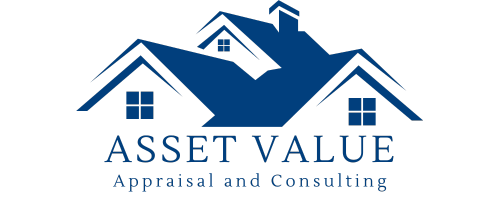Conventional Loan
These are the loans that are sold to Fannie and Freddie. To qualify for a conventional loan there are two standard debt to income ratios that are considered (28 and 36). There can be mitigating factors (good credit score) which allow these ratios to vary slightly.
The first number is the total housing expense (principal, interest, taxes, and insurance). This means that your total housing expense should not be more than 28 percent of your total income.
The second number, 36 is the recommended percentage of your income that will go towards your total housing costs plus additional debt.
The conventional loan limit in Florida is $417,000
FHA Loan Limit and Ratios.
The FHA loan limit is $292,500
Following are the two types of debt ratio’s that will be use:
- Front-End Ratio – this is your gross income divided by the new PITI mortgage payment. This standard guideline is 29%.
- Back-End Ratio – this is your gross income divided by the new PITI mortgage payment and also you minimum monthly payments from you liabilities. The standard guideline is 41%
Following is the typical debts used to determine your qualifying ratio’s:
Front-End Ratios
- your current and or future house payment
Back-End Ratios– the minimum required monthly payments on all of the following:
- Auto Loans – (except if there is less than 9 months left to pay off)
- Student Loans – (except if there is less than 9 months left to pay off)
- Personal Loans (except if there is less than 9 months left to pay off)
- Charge Cards – minimum required payments only.
- Child Support – (except if there is less than 9 months left to pay off)
- Alimony – (except if there is less than 9 months left to pay off)
- Federal Tax Lien Repayment Schedules – (if less than 9 months not calculated)
Following are monthly liabilities that are not used to calculate debt ratio’s:
- Utility Bills
- Car & Health Insurance
- Cell Phone Bills
- any bills not reflected on your credit report.
The percentage of debts to income is called the debt-to-income (a.k.a.: back-end) ratios. A good goal is to spend no more than 38% of your income on all debts, including house payment. However, under FHA home loan guidelines you’re allowed to spend up to 41% of your monthly income on housing and other debts — if the rest of your loan application shows you can handle it.
An example of the income to debt calculation is as follows:
Income = $3,000
New Mortgage Payment = $900.
Minimum Monthly Payments = $300
“Mortgage” divided by “Income” = 30%
“Mortgage + Monthly Payments” divided by “Income” = 40%
In this scenario, your front-end is 30% and back-end is 40% which is acceptable for a FHA loan.
These ratios can also adjusted or exceeded if there are item(s) you can payoff, lower interest the interest rate, lower the loan amount, etc.
FHA is the most flexible lender regarding debt ratio’s. Never rule yourself out of buying a home until you have spoken to a mortgage professional.
